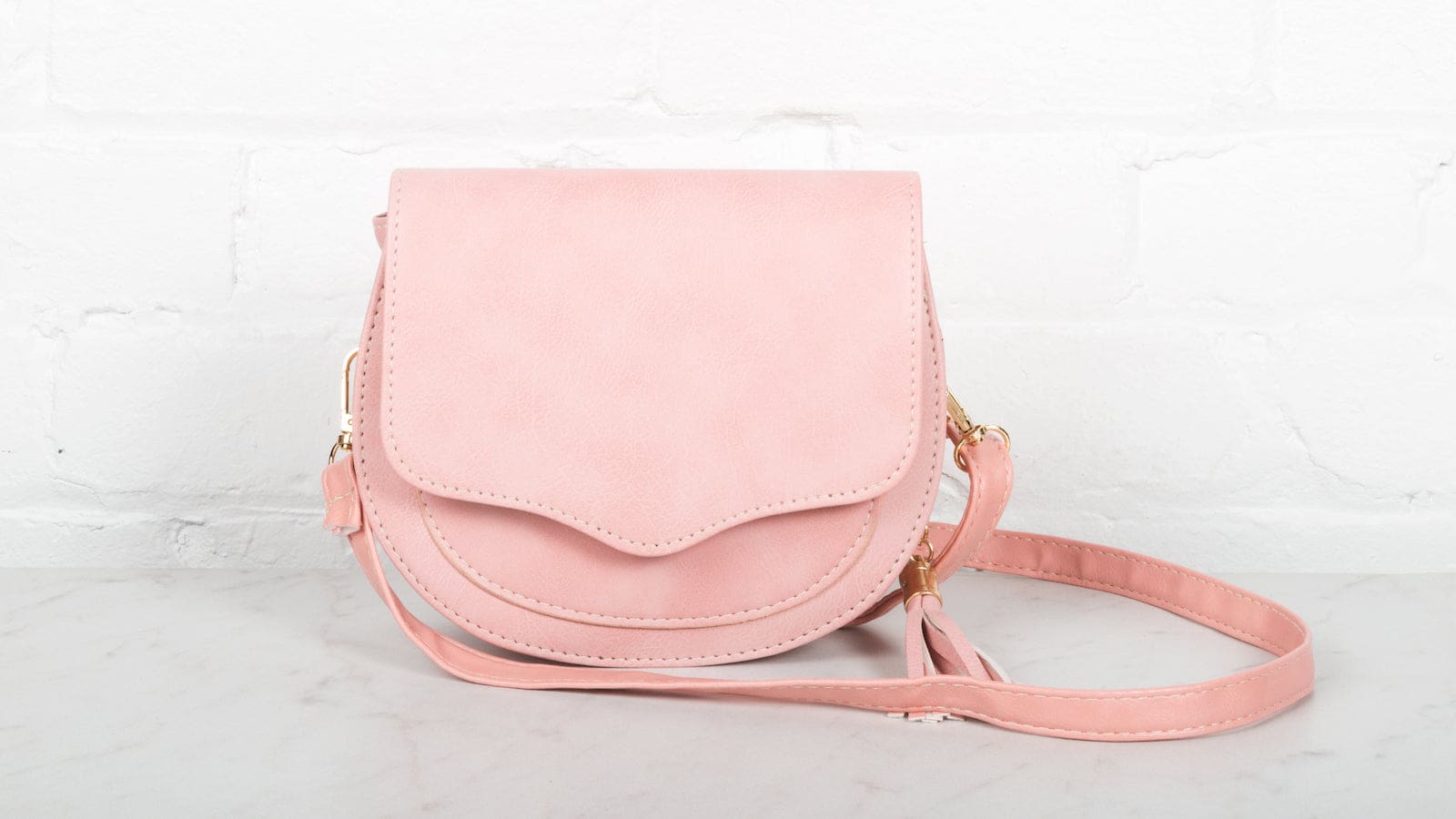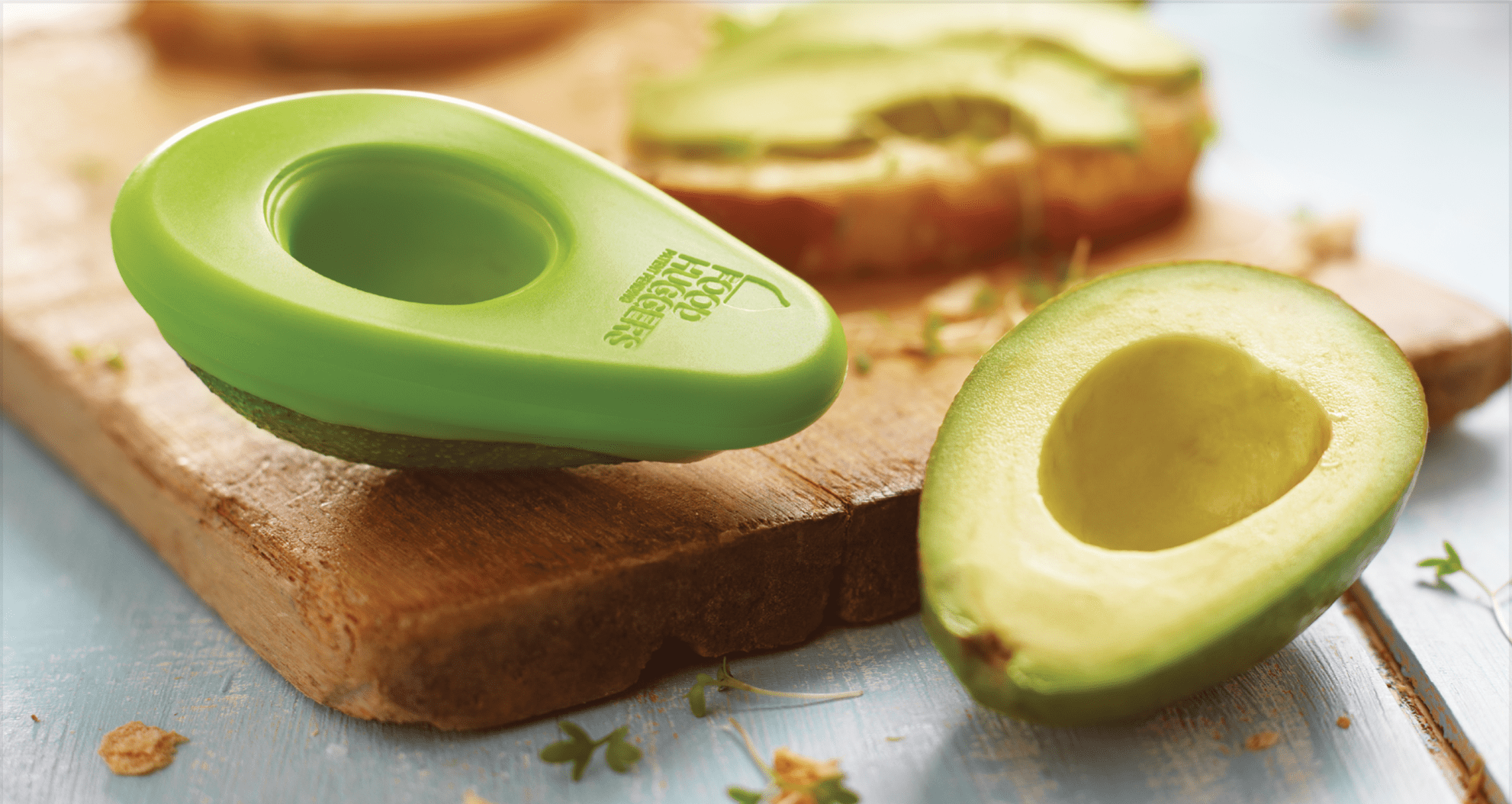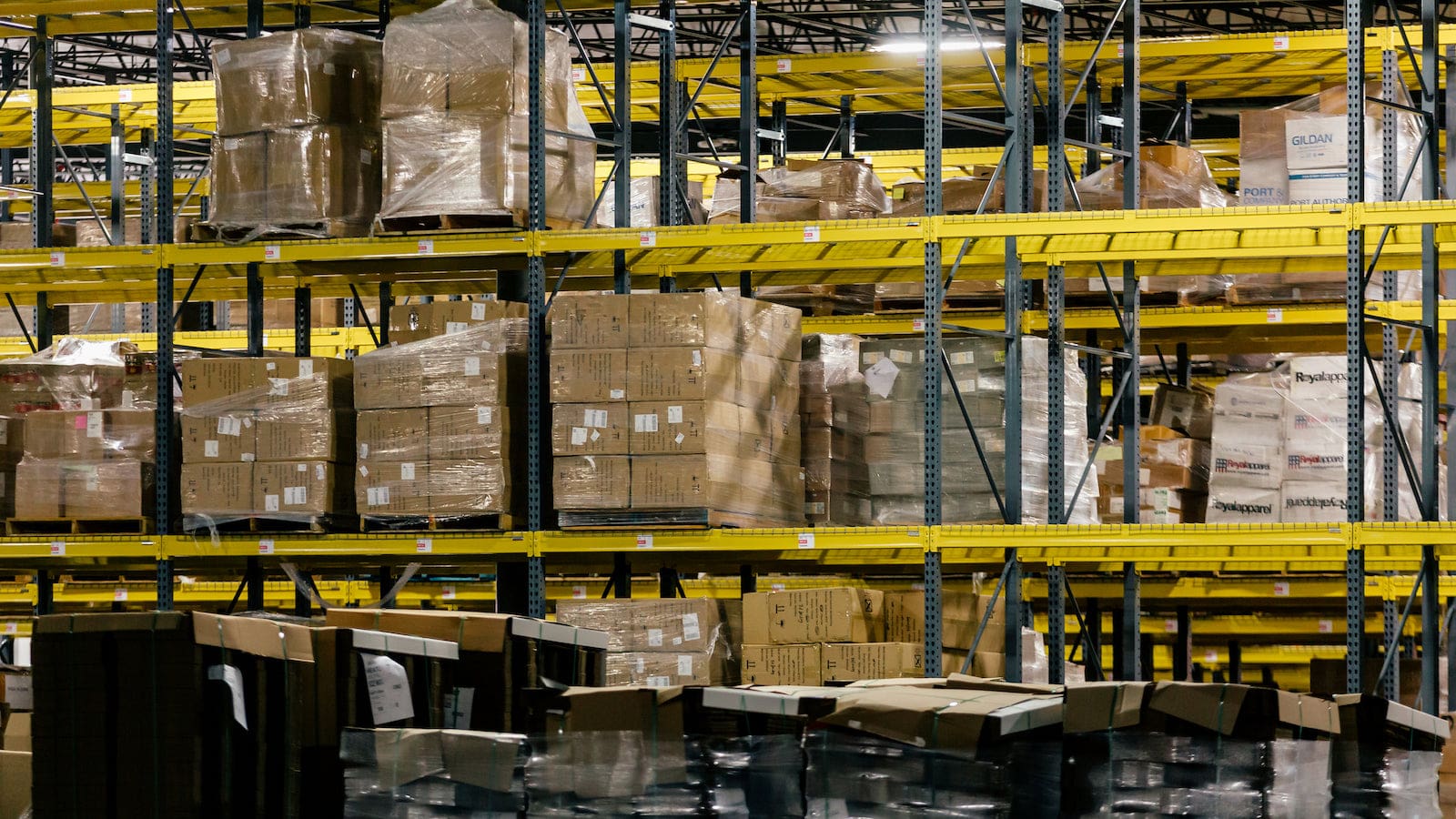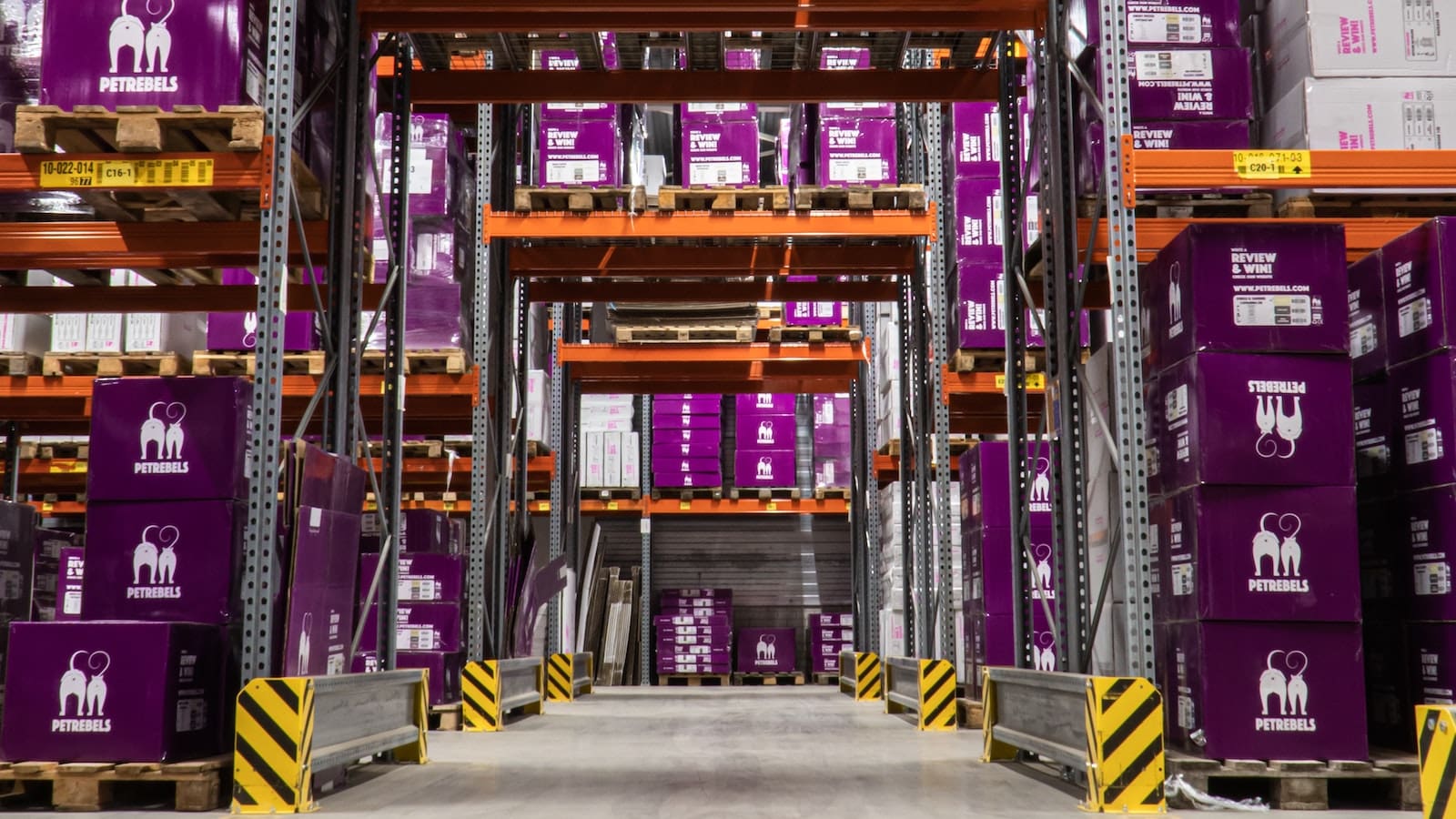Table of Contents
** Minutes
How to choose what is best for you
When you order products online, who are you ordering from?
If it’s an independent ecommerce website, it’s pretty way to tell. You can even find the brand’s About page and read their origin story. But if you order on Amazon, are you always certain?
With large, established consumer bases, online marketplaces like Amazon and Walmart enable merchants to sell their products to a massive audience.
These marketplaces make it much easier to get in front of your potential target audience, but you have to be strategic about the type of selling model you choose.
Both Amazon and Walmart will let you choose between 1P and 3P selling models, and it’s up to you to figure out the right option for your business.
In this article, we’ll explore the differences in relation to each marketplace and how to choose which one’s best for you, so you can make the right decision for your business.
What is 1P vs. 3P?
1P involves supplying products to a retailer (e.g., Amazon or Walmart), whereas 3P involves selling products directly to consumers through the retail marketplace.
Both 1P and 3P come with a list of advantages and disadvantages. Let’s take a closer look at the pros and cons of each option.
1P
1P refers to a first-party relationship with a retailer. With this selling model, you act as a wholesale supplier for the retailer, who will then sell your products to their end customers and take care of every aspect of fulfilment.
A common example of 1P is Amazon inviting you to sell your inventory to them, then Amazon sends you a purchase order to ship the inventory to Amazon (in other words, Amazon own your products).
Pros
- Very hands-off
- Minimised inventory risk
- Leave customer-facing operations to the retailer
- Consolidated fee structure to simplify and minimise cost
Cons
- No control over product pricing strategy
- Lower profit margins
- No control over inventory and product listings
3P
3P refers to a third-party relationship with the retailer. In this model, you use the online marketplace to sell directly to end customers and take care of the entire retail fulfilment process without the retailer’s help.
A common example of 3P is Amazon’s fulfilment method, FBM (Fulfilled By Merchant).
Pros
- More inventory control and flexibility
- Better control over product pricing
- Higher profit margins
Cons
- Requires more work and overhead, including fulfilment needs
- Needs expertise with listing optimisation and marketing
- Involves more added fees
What about 2P?
Alternatively, you can also opt for 2P, which is a hybrid model that involves listing your products to sell through a retail marketplace and leveraging the retailer’s services to fulfil your orders.
Here, you still retain control over your prices and listings but pay a fee to the retailer to fulfil the orders on your behalf.
A common example of 2P is Amazon’s fulfilment method, FBA (Fulfilment By Amazon).
So, is 1P or 3P better?
The answer depends on the level of control you want to maintain and the amount of work you’re willing to do. Moreover, the 1P and 3P options may vary across different platforms. You may even find that neither option is what you’re looking for.
Let’s make a detailed comparison between the 1P and 3P options for both Amazon and Walmart to make this decision easier.
Amazon 1P vs. 3P
On Amazon, you can sell 1P through Vendor Central and 3P through Seller Central. You can gain access to Vendor Central only by invitation, whereas any seller can sell through the Seller Central.
When selling through Vendor Central, you’ll receive purchase orders from Amazon on a regular basis and you won’t need to worry about physically managing the inventory yourself.
Alternatively, Seller Central gives you full control and responsibility for your inventory and product listings.
In the 3P option, individual plans cost $0.99 per item sold, or you can choose to sign up for the professional plan at $39.99 per month. Both plans come with additional selling fees.
Plus, there may be additional costs depending on how you choose to fulfil the order.
For example, you’ll have to consider the additional costs associated with Amazon Multi-Channel Fulfilment or Fulfilled by Amazon fees if you choose to sell 2P.
Alternatively, you may fulfil orders directly through the Seller Fulfilled Prime (if approved) or Amazon Fulfilled by Merchant programs.
On the other hand, selling through Vendor Central simplifies payments as it involves paying a consolidated fee that includes marketing, packaging, remittance, and co-op. And you get a dedicated account manager to provide you with assistance.
At the same time, Amazon will try to negotiate with vendors to increase their own profit margins, which means you can expect to get only wholesale profit margins.
Walmart 1P vs. 3P
Similar to Amazon, 1P selling on Walmart involves shipping your products to Walmart, which will then be in charge of listing, marketing, selling, and shipping the products. This simplifies the supply chain process for you.
If you choose the 3P selling option, you’ll have to manage your inventory and order fulfilment on your own.
However, Walmart doesn’t charge monthly account fees to 3P sellers, unlike Amazon. You only have to pay referral fees that vary by product category and typically range between 8-20%.
While first-party sellers enjoy many benefits, they have limited control over prices and listings. Walmart tends to cut prices to offer the most competitive rates and entice buyers, which will significantly bring down your profit margins.
A GrowByData analysis on Walmart product listings for shoes even found that 1P sellers mostly dealt with shoes priced under $50, whereas 3P sellers offered more variety in terms of price points.
How to choose what is best for you
Your resources and current growth stage play a significant role in determining whether 1P or 3P is a better option for you (or neither). Here are some questions to consider to help you land on the right decision.
How involved do you want to be?
3P selling gives you better control over your prices, marketing, listings, and inventory. This makes it an excellent option for businesses that want to be highly involved in the process and want to build a strong brand image.
However, it also involves a lot more time and hands-on work. If you don’t have the time and workforce, 1P selling may be the better option.
How is your logistics set up?
If you already have a well-established logistics system and are capable of fulfilling orders yourself, 3P selling is an excellent option.
Businesses that don’t have a mature logistics system set up may want to consider 1P selling as the retailer will handle everything on your behalf.
Alternatively, you can also outsource fulfilment to a third-party fulfilment provider while selling the products across sales channels, including marketplaces.
What infrastructure do you have?
3P selling is a good option if you have the capability to store and manage the inventory yourself. However, if you don’t have the infrastructure necessary to store and manage your inventory, 1P may be a better solution.
Alternatively, you may want to consider storing the inventory at a 3PL’s fulfilment centre, or selling 2P and leveraging the retailer’s fulfilment solution.
How ShipBob can help with 1P and 3P fulfilment
While first-party sellers must work directly with the retailer they partner with, if you decide to sell third-party, ShipBob provides you with fulfilment solutions that will streamline your operations (e.g., 2-day shipping for Walmart or FBM shipping for Amazon).
ShipBob is an omnichannel fulfilment provider with with two-day shipping capabilities, B2B fulfilment services, and international shipping expertise.
Additionally, ShipBob offers a wide range of integrations and fulfilment services for third-party sellers to leverage, including other channels like fulfilment for ecommerce websites and even B2B services for EDI-compliant orders.
“Most other companies like Amazon are structured in such a way that you don’t have flexibility — you’re just a small part of their business, so there’s no patience for you. The amazing thing about
ShipBob has not just been its flexibility and ability to customise, but also the support it’s given us whenever we’ve faced problems.
Having support through ShipBob has really allowed us to capture growth well.”
Aaron Patterson, COO of The Adventure Challenge
ShipBob ecommerce integrations
ShipBob offers integrations with leading ecommerce platforms and marketplaces so you can streamline order fulfilment coming from these channels.
That means when an order is placed on any of these channels, the data is automatically sent to ShipBob, where the fulfilment process if automatically triggered.
In other words, orders are processed and sent to the fulfilment queue, ensuring that they get out the door faster and reach your customers faster.
Moreover, you will be automatically updated with real-time inventory data. This enables you to update your store and avoid selling out-of-stock items.
Currently, ShipBob offers integrations with the following ecommerce platforms and marketplaces:
Other useful ShipBob integrations and partners
In addition to the above, ShipBob also has several other integrations and partners that can simplify your ecommerce operations. Here are some of the essentials:
- Accounting, tax, and financing: These integrations can support your back-end operations, helping you keep accurate financial records and maintain tax compliance. They include tax compliance integrations like Avalara and TaxJar, finance platforms like Kickpay, and banking stacks like Mercury.
- Branding, marketing, and web development agencies: ShipBob partners with top agencies like Hawke Media, Eventige, Envoy, and eHouse Studio to help you with the branding, marketing, product development, and advertising aspects of your business.
- Ecommerce custom packaging and design solutions: ShipBob partners with several packaging solutions like Arka, Packlane, Packhelp, and noissue to deliver memorable unboxing experiences for your customers.
- Ecommerce marketing, CRM, and customer support: These integrations make it easier to manage customer data, market your business, and handle support tickets. They include sales integrations like CheckoutChamp, an integration with marketing platform Klaviyo, an integration with customer support tools like Gorgias, and partnerships with personalisation tools like Zaius.
- Freight and shipping solutions: ShipBob enables you to lower your shipping costs through a host of courier partners and shipping platform integrations. They work with couriers like DHL, FedEx, UPS, and USPS as well as other shipping solutions like Rush and ShipStation.
- Returns management platforms: ShipBob lets you manage and process your returns easily by directly integrating with platforms like Returnly, Happy Returns, and Loop Returns.
- Ecommerce operations, inventory, and order management: These integrations simplify the process of managing your inventory, handling and processing orders, and forecasting demand. ShipBob offers direct integrations with platforms like Cin7, Inventory Planner, PackageBee, Zentail, Skubana, Fulfil.io, Order Desk, Linnworks, and SPS Commerce.
If you sell on marketplaces, ShipBob is a great choice for fulfilment. To learn more about ShipBob’s omnichannel fulfilment solutions, request a quote below.
1P vs. 3P FAQs
Here are answers to the top questions about 1P vs. 3P.
What is the difference between 1P vs. 3P?
1P or first-party selling involves supplying wholesale products to a retailer, who will then sell it to the end customers. 3P or third-party selling involves selling products directly to the end customers through the retailer’s website.
Is FBA 1P or 3P?
Fulfilled by Amazon (FBA) can be considered as a hybrid between 1P and 3P. Also known as 2P, this option involves selling your products directly to the customers through the retailer’s website and leveraging the retailer’s fulfilment solutions to deliver the orders to the end customers.
Does ShipBob integrate with Amazon and Walmart?
Yes, ShipBob directly integrates with Amazon and Walmart.



